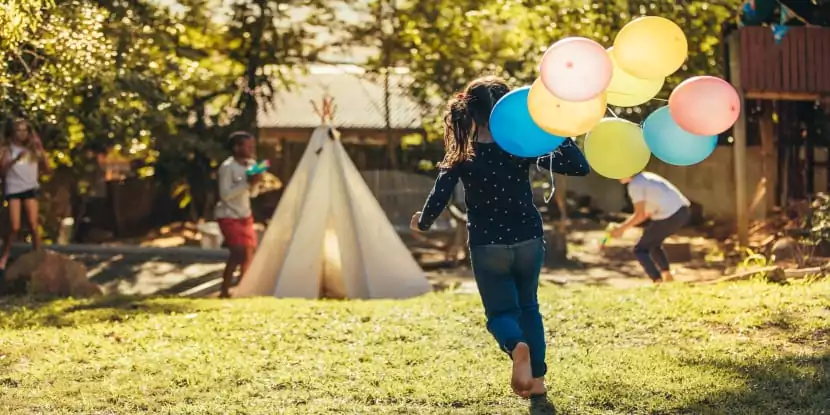Health And Disease Pest Tips And Fun Facts
Apr 01 2014We all know what today is. It is a glorious day where pranks are allowed, encouraged, and that some of us fall victim to. It is April Fools Day. I can remember in high school
Learn more
We’re thrilled to announce that Mosquito Joe has achieved Gold Status within this program, a prestigious recognition reserved for “outstanding environmental stewards.
Health And Disease Pest Tips And Fun Facts
Apr 01 2014We all know what today is. It is a glorious day where pranks are allowed, encouraged, and that some of us fall victim to. It is April Fools Day. I can remember in high school
Learn morePest Control Pest Tips And Fun Facts
Oct 30 2013The cooler weather is settling in, the leaves have begun to show the first signs of changing colors, and pumpkins and sweaters are
Learn moreHealth And Disease Pest Control Pest Tips And Fun Facts
Apr 04 2013Spring is the beginning of warmer days, longer nights, flowers blooming, and neighborhood barbeques.
Learn more